#carolingian
Text

CODEX AUREUS OF ST. EMMERAM
The illuminated gospel book, made in 870 for the Holy Roman Emperor Charles II. An important example of Carolingian art, it features a handmade relief cover in gold, decorated by sapphires, emeralds, and pearls.
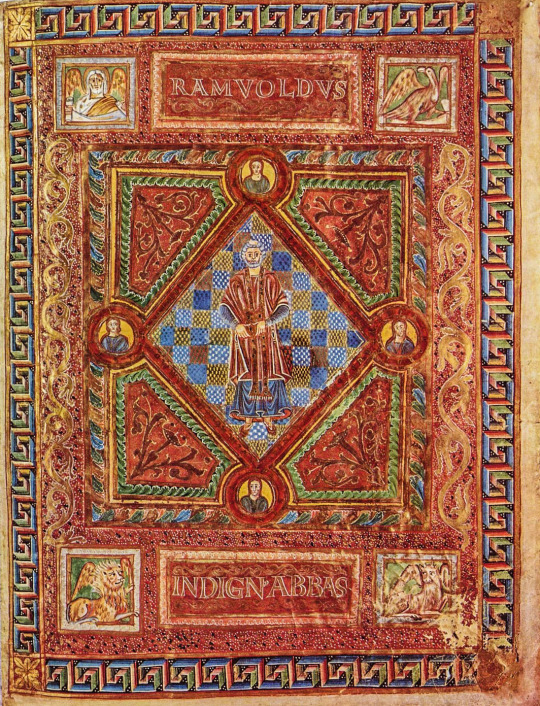
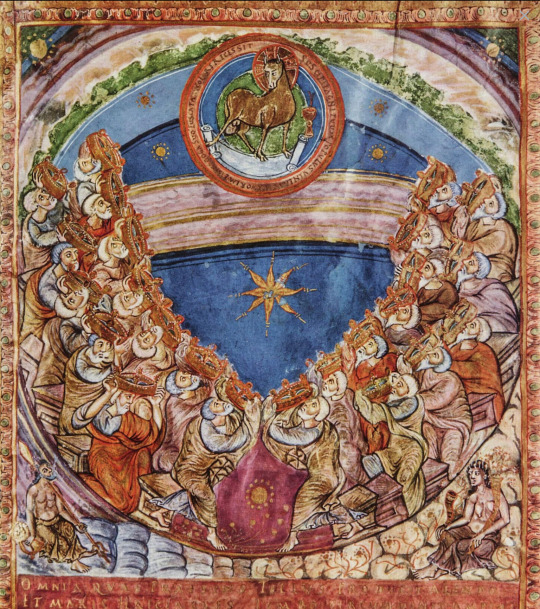
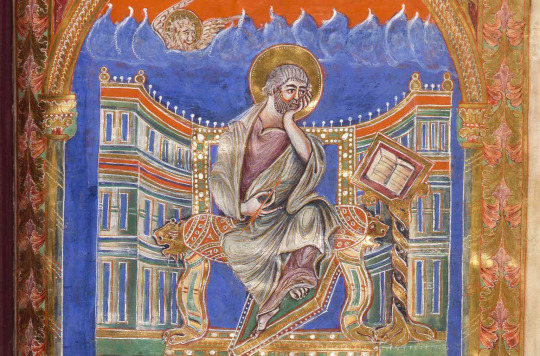


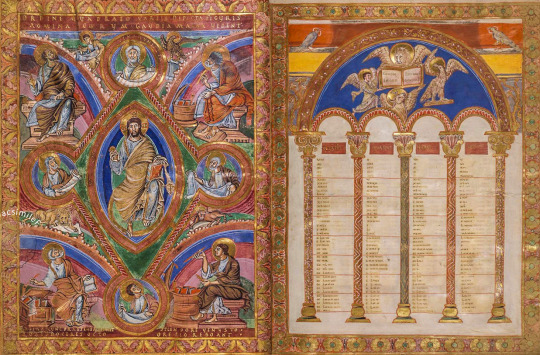
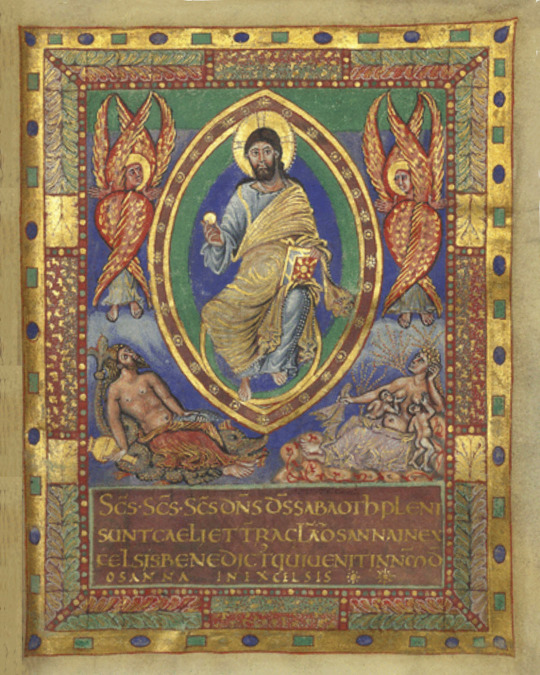
source
#beautiful books#book blog#books books books#book cover#books#old books#holy roman emperor#holy roman empire#incunabula#jeweled#illuminated manuscript#book binding#book design#treasure binding#christian bible#new testament#codex#carolingian
537 notes
·
View notes
Text
King’s Field Pendant
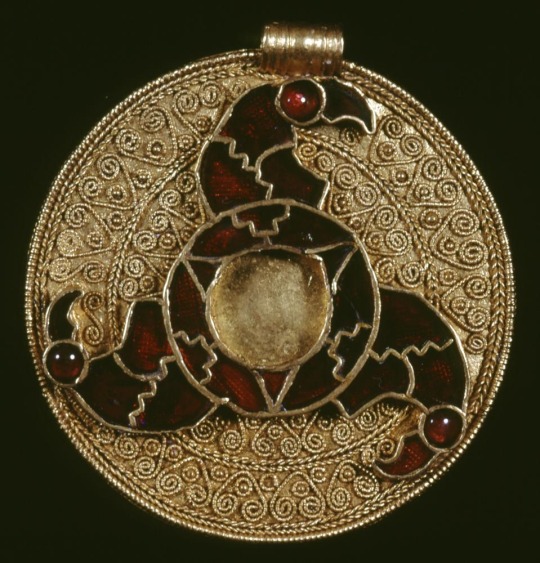
This magnificent pendant is the ultimate proof that the “Dark Ages” is an academic concept. Rather than Europe plummeting into darkness because of the “fall” of the Western Roman Empire, it’s more the lack of academic interest in the Early Middle Ages.
This Anglo-Saxon pendant was found on King’s Field (Kent) and is made of gold and garnet, but decorated extremely intricately with gabuchon, filigree and granulation. The garnet was used to form a triskele with round centre and ending in bird heads. At just 3,5 cm across, this was made by a master craftsman with materials from all over the known world.
The pendant might have been worn on a bit of string or rope, or it may have been worn as part of a glass beaded necklace. The pendant likely belonged to a woman.
The British museum, England
Museum nr. .1145.’70
Found in King’s Field - Kent, England
#merovingian#anglo saxon#viking#Vikings#frankish#carolingian#charlemagne#viking archaeology#germanic archaeology#Merovingian archaeology#Anglo Saxon archaeology#field archaeology#archaeology#field archaeologist#frisian#frisian archaeology#Germanic#jewelry#almandine#garnet#roman empire#western Roman Empire#germanic mythology#viking mythology#Norse mythology#pagan#kent#england#anglo Saxon England#paganism
821 notes
·
View notes
Text

Feeling blue?
1000 years before the blue elephant emoji was added to phones, some Italian monks drew this elephant and friends in a manuscript for Abbot Theobald of Monte Cassino. Monte Cassino was an important monastery and home to St Benedict whose rule is the basis for the Benedictine Order of monks and nuns that still exists today.
This manuscript contains an abbreviation of Hrabanus Maurus's De Rerum Naturis (On the Natures of Things). Hrabanus Maurus (d. 856) was archbishop of Mainz. In addition to encyclodpedia-like works sucha as De Rerum Naturis, he wrote Biblical commentaries, grammars, teaching texts and poems with complex palindromes. He wrote so much that his surviving writings fill about 6 modern type-set volumes.
Materials: parchment, pigments, ink
Contents: Hrabanus Maurus, De Rerum Naturis
Date: 1022-1032
Now Archivio dell'Abbazia, Montecassino, MS 132 (image from a facsimile)
61 notes
·
View notes
Text
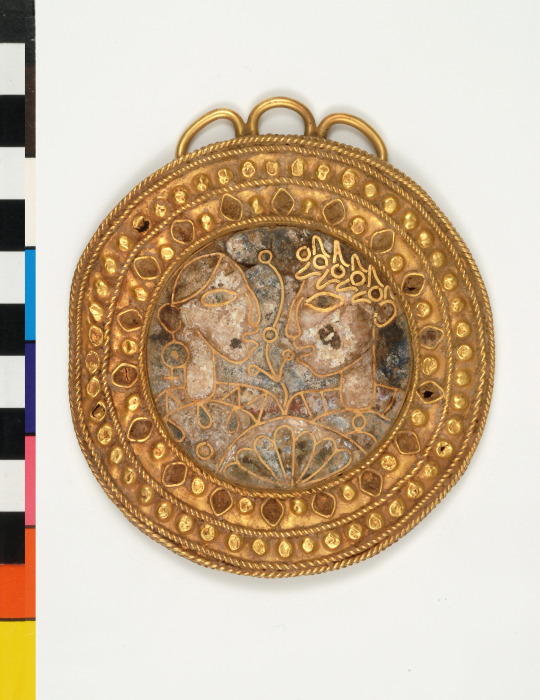
Gold brooch with enamel bust, Carolingian, 8th century AD
from Dumbarton Oaks
197 notes
·
View notes
Text
A team of researchers has revealed that #medieval England’s conversion from gold to silver coinage was a kind of #ancient quantitative easing initiative, sourced through #Byzantine silver. After this #England relied on silver imported from France to make its coins.
24 notes
·
View notes
Text

New Series.. "The Carolingian".. You feeling lucky?
Model: Me.
Photographer: The Remote Camera Trigger.
If you want to help support me and get awesome stuff like early access/polls & pose requests Become A Patron / DA Subscriber or you can check out my Ko-Fi store for exclusive stock!
Read My Rules Before You Use My Stock.
#Creative Commons#CreativeCommons#Creative Commons Stock#CreativeCommonsStock#Stock Reference#anatomy#anatomy reference#Sword#Blade#Warrior#Guard#Carolingian#Foreshortening#Perspective#low angle
45 notes
·
View notes
Text


#carolingian#calligraphy#mine#illuminated manuscript#decorative text#ottonian#sca scribe#sca#society for creative anachronism#herald extraordinary#award scroll
17 notes
·
View notes
Text
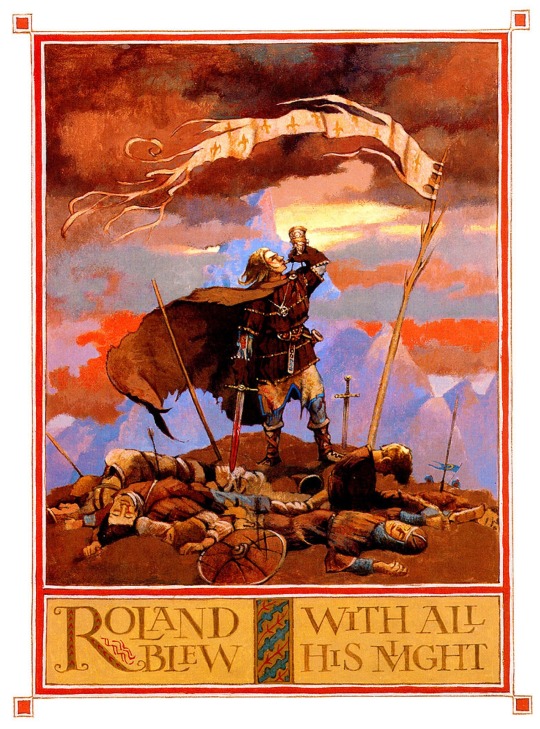
The Song of Roland by Troy Howell
#song of roland#chanson de roland#art#roland#frankish#franks#battle of roncevaux pass#chanson de geste#medieval#europe#european#chivalry#chivalric romance#history#knights#knight#carolingian#france#middle ages#olifant#durendal#veillantif#pyrenees#roncevaux pass#spain#charlemagne#paladin#paladins#troy howell
223 notes
·
View notes
Text
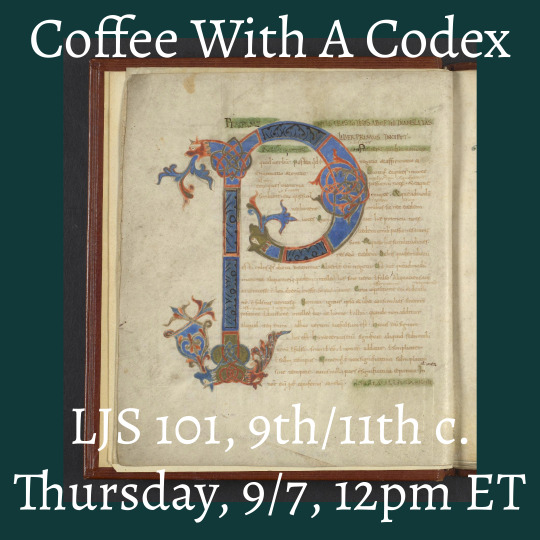
Join us for Coffee With A Codex! Thursday, September 7th curator Dot Porter will bring out LJS 101, a 9th and 11th century copy of Aristotle translated by Boethius, created as part of the Carolingian educational program. 12pm Noon ET on Zoom!
Everyone is welcome.
Register here: https://libcal.library.upenn.edu/event/11148297
#medieval#manuscript#event#video#zoom#carolingian#9th century#11th century#aristotle#boethius#trivium#book history#rare books
29 notes
·
View notes
Text

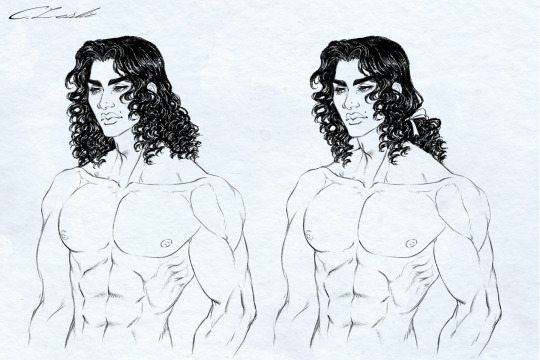

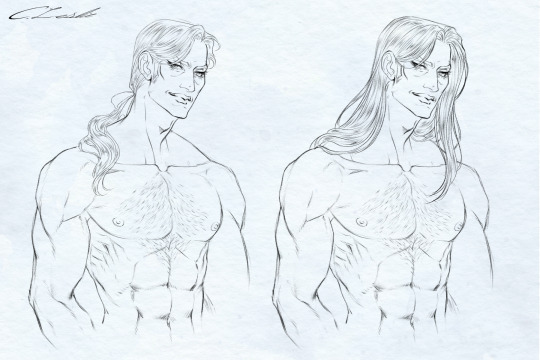
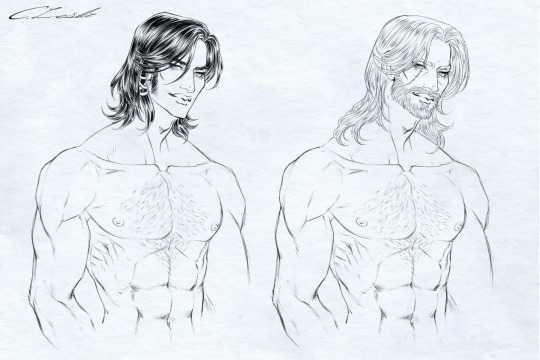
Wanted to get down some designs for Guy's (Sanguinaria character) hairstyles through the ages (he's a vampire.) Jean's only variations are tied back or loose since he hasn't really changed his hair 300 years...😅 In order: modern->modern unstyled->Rococo->Rococo unstyled->Carolingian (young)->Carolingian (current age/age of death). I was going to do historical costumes too but maybe later.
#art#sketch#vampire#character design#illustration#historical#hairstyle#oc#digital art#csp#ink#lineart#sketchbook#sketch page#rococo#medieval#carolingian#historical fantasy#sanguinaria#my art
20 notes
·
View notes
Text
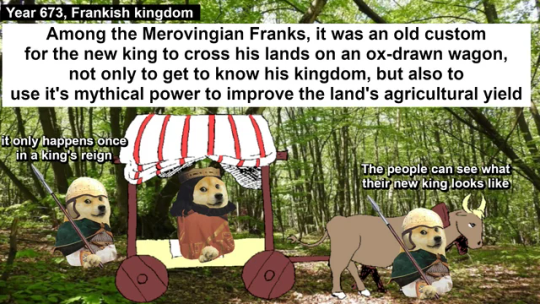


15 notes
·
View notes
Text

LORSCH GOSPELS. This ivory book cover illustrates late imperial scenes adapted to a Christian theme. It is a striking example of early 9th Century Carolingian art. The front panels are in the collection of the Victoria and Albert Museum.
The manuscript, written in Latin between 778 and 820, roughly coincides with the period of Charlemagne's rule over the Frankish Empire.
The attempt in Northern Europe to revive and emulate classical Mediterranean art forms and styles resulted in a blending of classical and Northern elements in a sumptuous and dignified style. The Northern confidence representing the human figure set the stage for the rise of Romanesque art and eventually Gothic art in the West. The Carolingian era is part of the period in medieval art sometimes called the "Pre-Romanesque". After a rather chaotic interval following the Carolingian period, the new Ottonian dynasty revived Imperial art from about 950, building on and further developing Carolingian style in Ottonian art.
source
#beautiful books#book blog#books books books#book cover#books#incunabula#gospel#christian bible#carolingian#9th century#ivory#charlemagne#frankish
60 notes
·
View notes
Text
Birka’s warrior woman
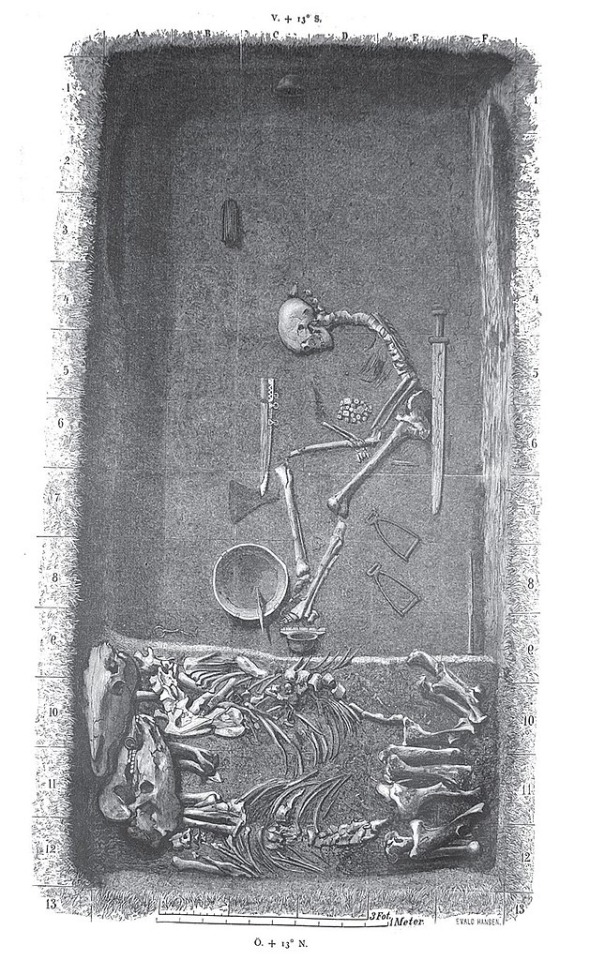
This grave was found on Birka (Björko) in 1878. The grave contained human remains, remains from two horses, bowls, weaponry, a shield(boss), a chess game and saddle stirrups. The burial room was built in wood. Most likely the person was buried seated, with the bones collapsing on themselves. Some remains of textile were found.
The assumption that the person was a man was quickly made and the “high status burial of a Viking warrior” was often cited in research.
It would take until 2017 when both osteological and genetic testing proved the person was in fact a woman. To this day it is the only genetically and archaeologically proven female warrior from the Viking age.
The reason I say genetically AND archaeologically is because it is assumed that gender was a very loose concept in the Germanic age. Biological gender wasn’t necessarily denied, but there are indications that people would take on “the role” of the other gender. A woman could “step up” as a man’s son, as seen in blood feud tales where the patriarch is killed, but if there is no son to avenge him, a woman would “take up the role” and set out, armed for revenge.
Biologically male individuals have been found with “female” attributes such as beads, pendants and certain decoration styles.
From the limited amount of research there is, it seems possible that cross-dressing, gender fluidity and gender role exchange were very normal before mass christianization.
Excavated by: Hjalmar Stolpe
Found in: Birka, Björko, Ekerö - Sweden
Drawing by: Hjalmar Stolpe
#frankish#merovingian#viking archaeology#archaeology#carolingian#charlemagne#field archaeology#viking mythology#merovingian archaeology#germanic mythology#valkyrie#Walküre#Wagner#richard wagner#norse mythology#anglo saxon#field archaeologist#frisian#viking#vikings#germanic#germanic folklore#germanic archaeology#odin#wodan#anglo saxon archaeology#history#jewelry#norse
293 notes
·
View notes
Text

Golden oldie
A little golden elephant hangs out in the corner of the table of contents for the gospel of St Mark in the Lothair Gospels, made between 849 and 851 for Lothair I, Charlemagne's grandson. This manuscript is extraordinary in many ways-- there's lots of expensive purple and gold, a portrait of Lothair himself, the works-- but one of the most interesting features is this tiny elephant, because it is recognizably an elephant. (It can be contrasted with some other attempts at drawing "elephants" from Northern Europe on this blog.) So why did these artists get it right?
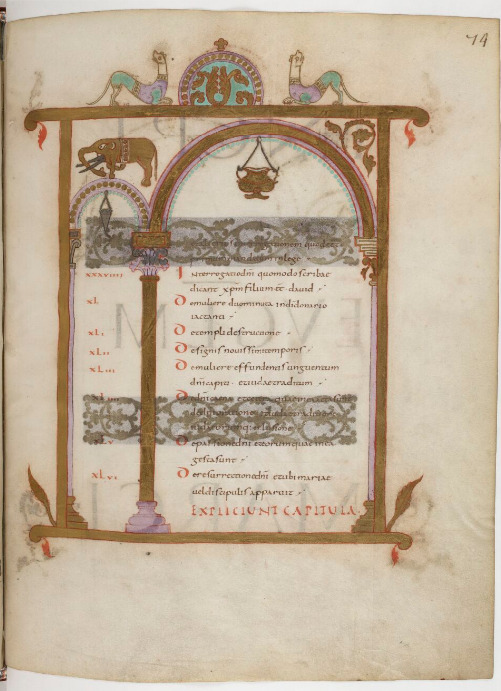
Well, people were still alive in the Frankish realms who had actually seen an elephant! In the early 800s, the Abbaids caliph Harun al-Rashid sent Lothair's grandfather, Charlemagne, an elephant called Abul Abbas. Charlemagne had allied with the Abbasids (based in Baghdad) against the Umayyads (based in the Iberian peninsula), who were the rival power along Charlemagne's southern border and who were the descendants of the dynasty the Abbasids had overthrown in order to claim power. You can read more about this in Sam Ottewill-Soulsby's new book, The Emperor and the Elephant.
Side note: these Carolingian illuminators were into pink and blue 1000 years before Taylor Swift entered her Lover era.
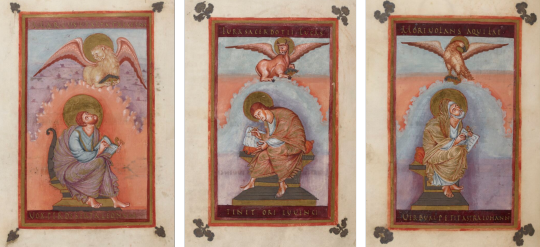
Materials: Parchment, pigments, gold, ink
Origin: Abbey of St Martin, Tours (overseen by Sigilaus for Lothair I)
Date: 849-851
Now Paris, BnF latin 266, f. 74r
#elephant#elephants#medieval elephants#illuminated manuscript#real medieval elephant#war elephant#elephants as gifts#Lothair#abbey of st martin of tours#Charlemagne#abul abas#Carolingian#ninth century#abbasid
30 notes
·
View notes
Text
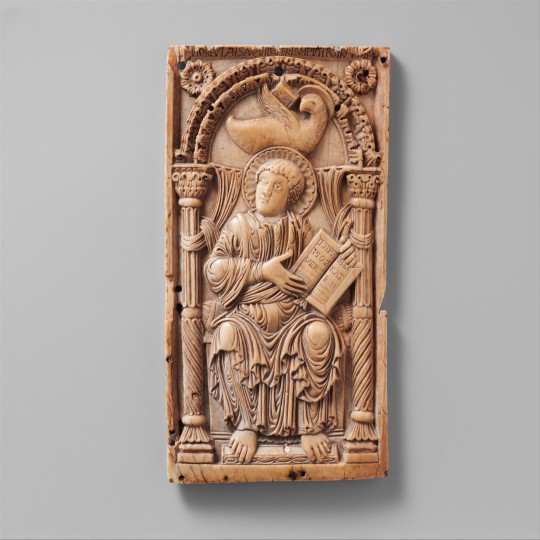
Carved ivory plaque, Carolingian, 9th century AD
from the Metropolitan Museum of Art
113 notes
·
View notes
Text
Few rulers have made an impact on history as significant as Charlemagne’s. One of Europe’s greatest rulers, his reign shaped the continent for centuries to come.
#Charlemagne#Holy Roman Emperor#Holy Roman Empire#Franks#Carolingian#ancient#history#ancient origins
20 notes
·
View notes